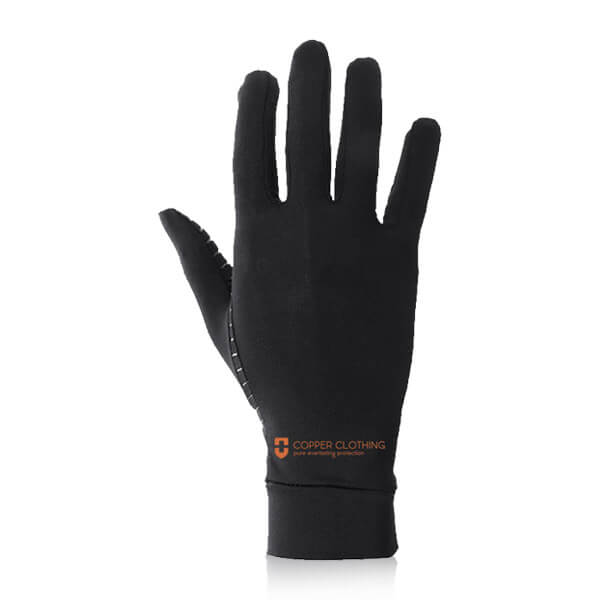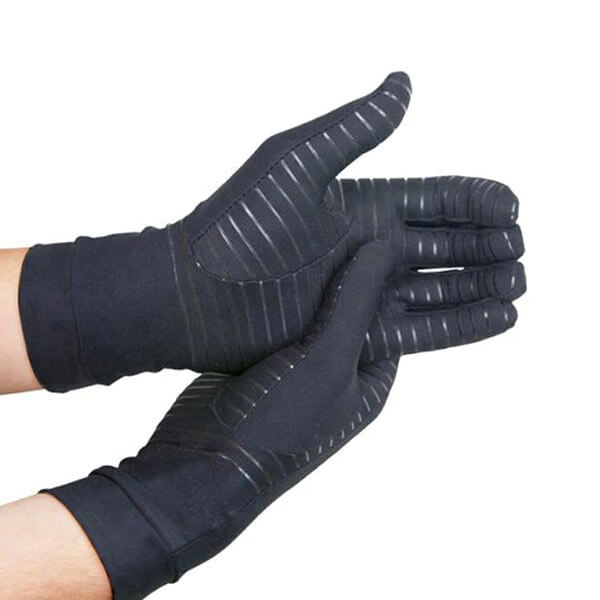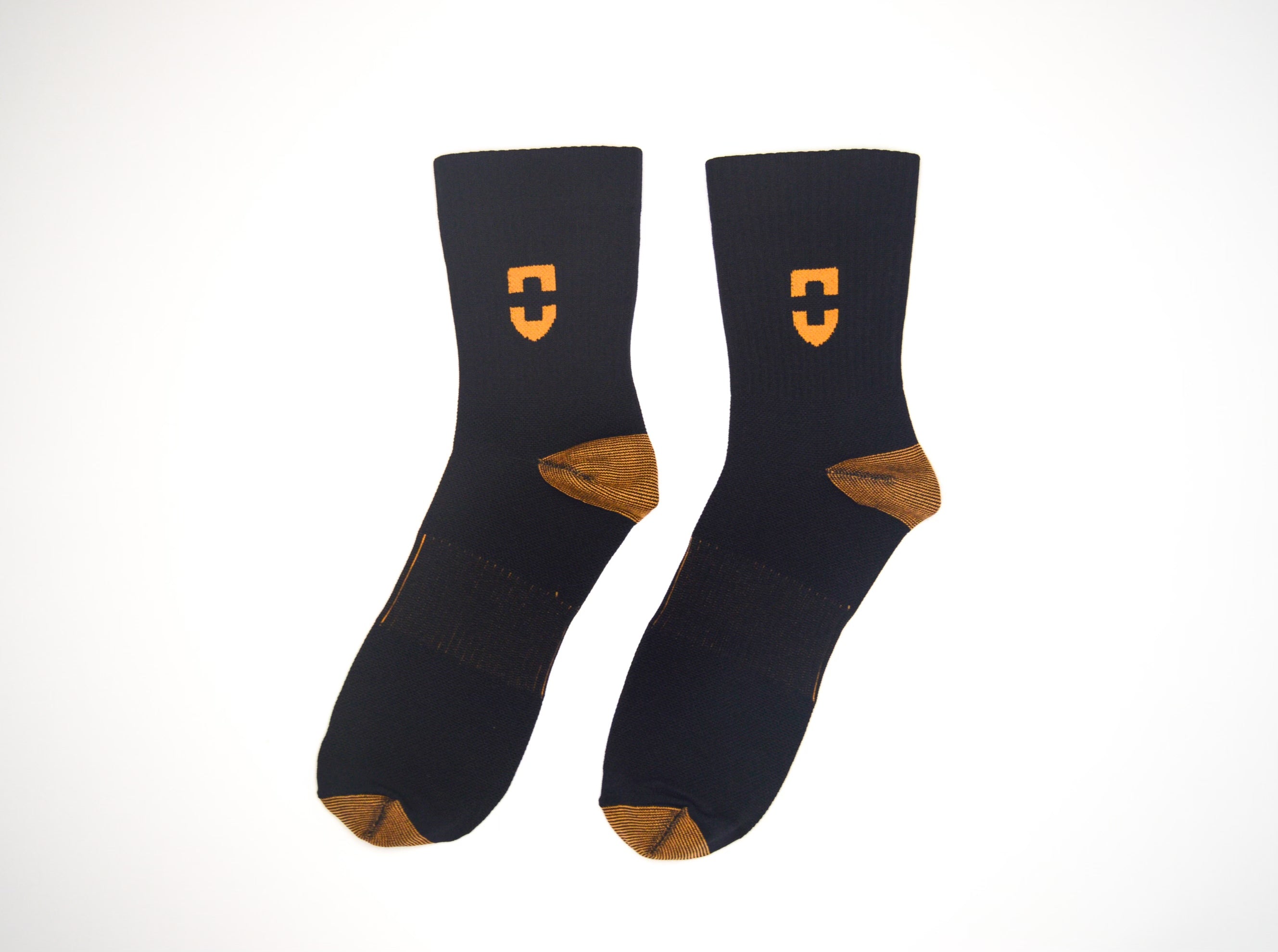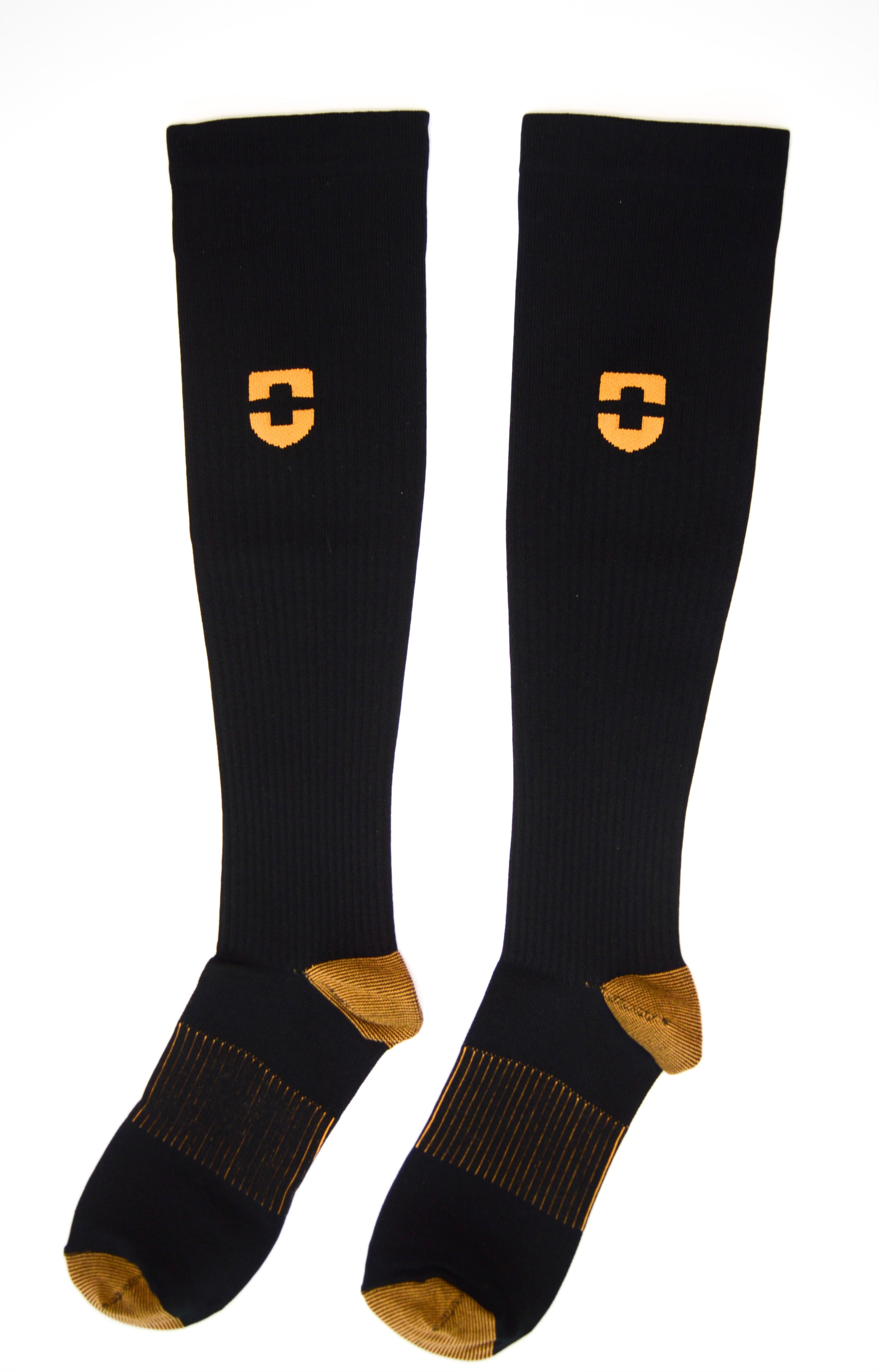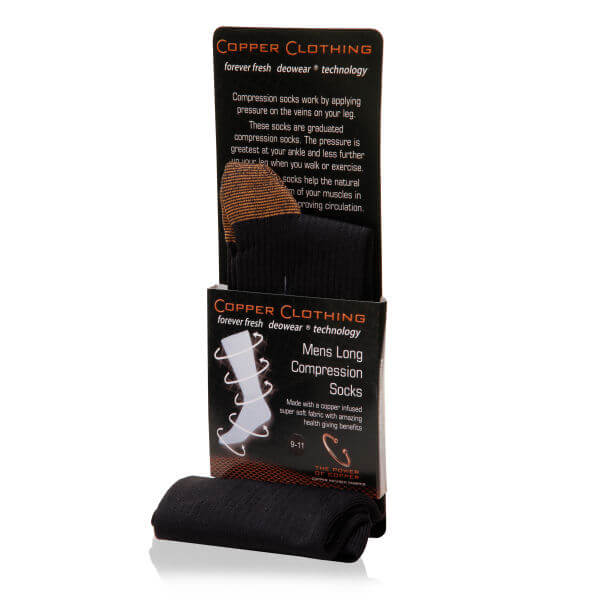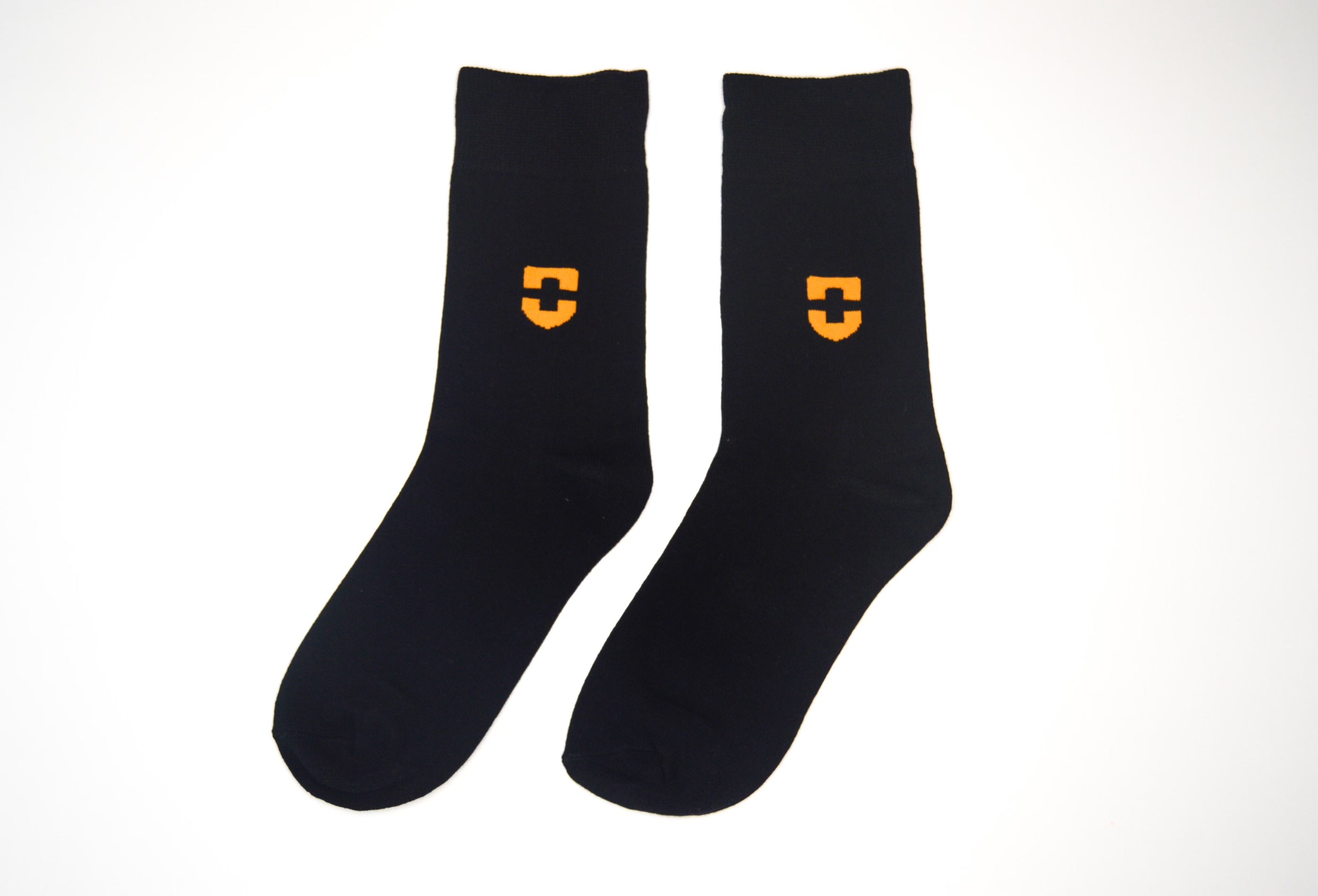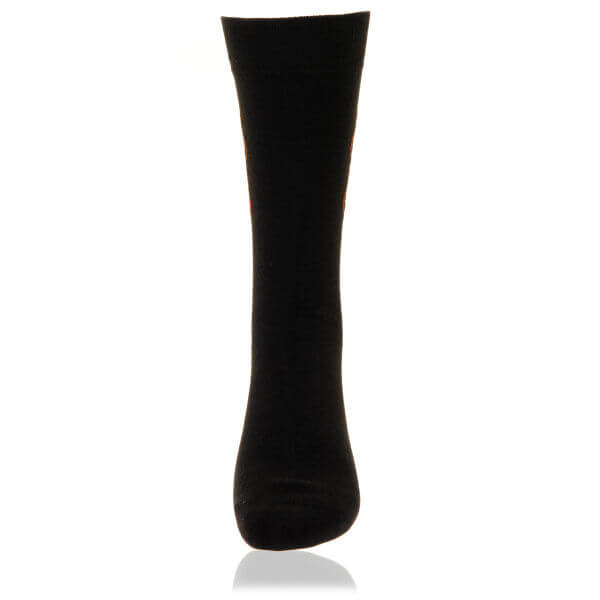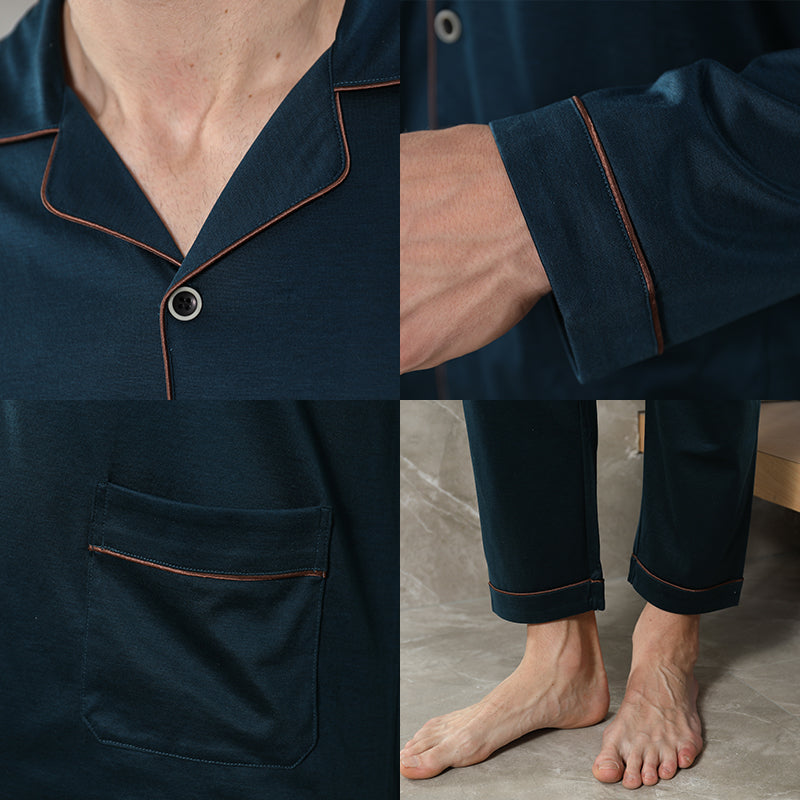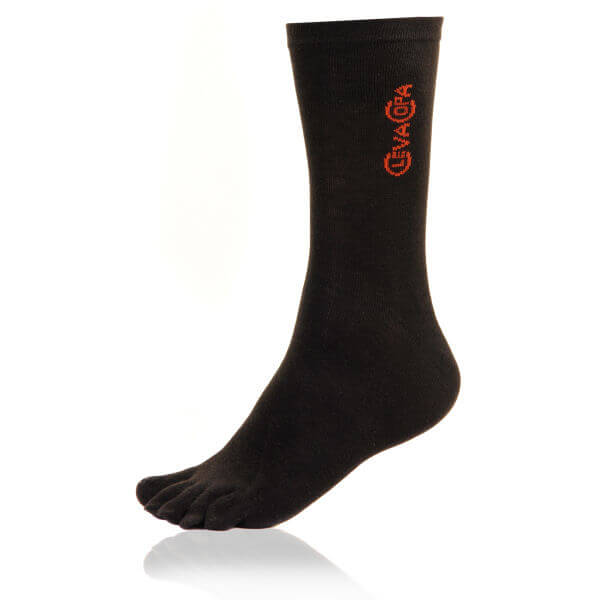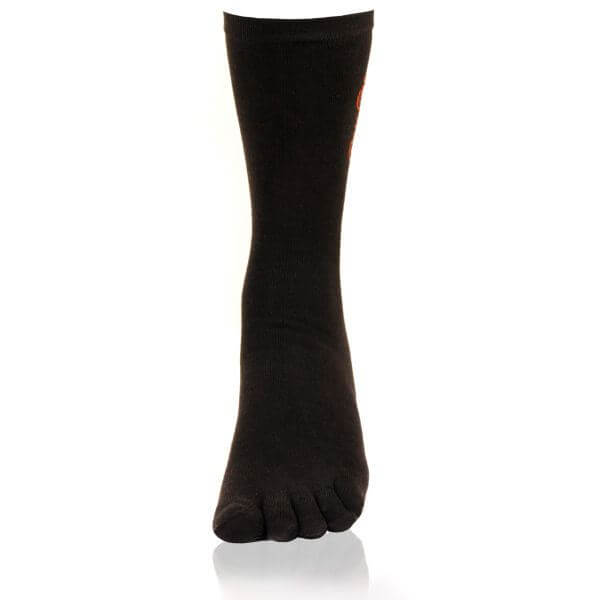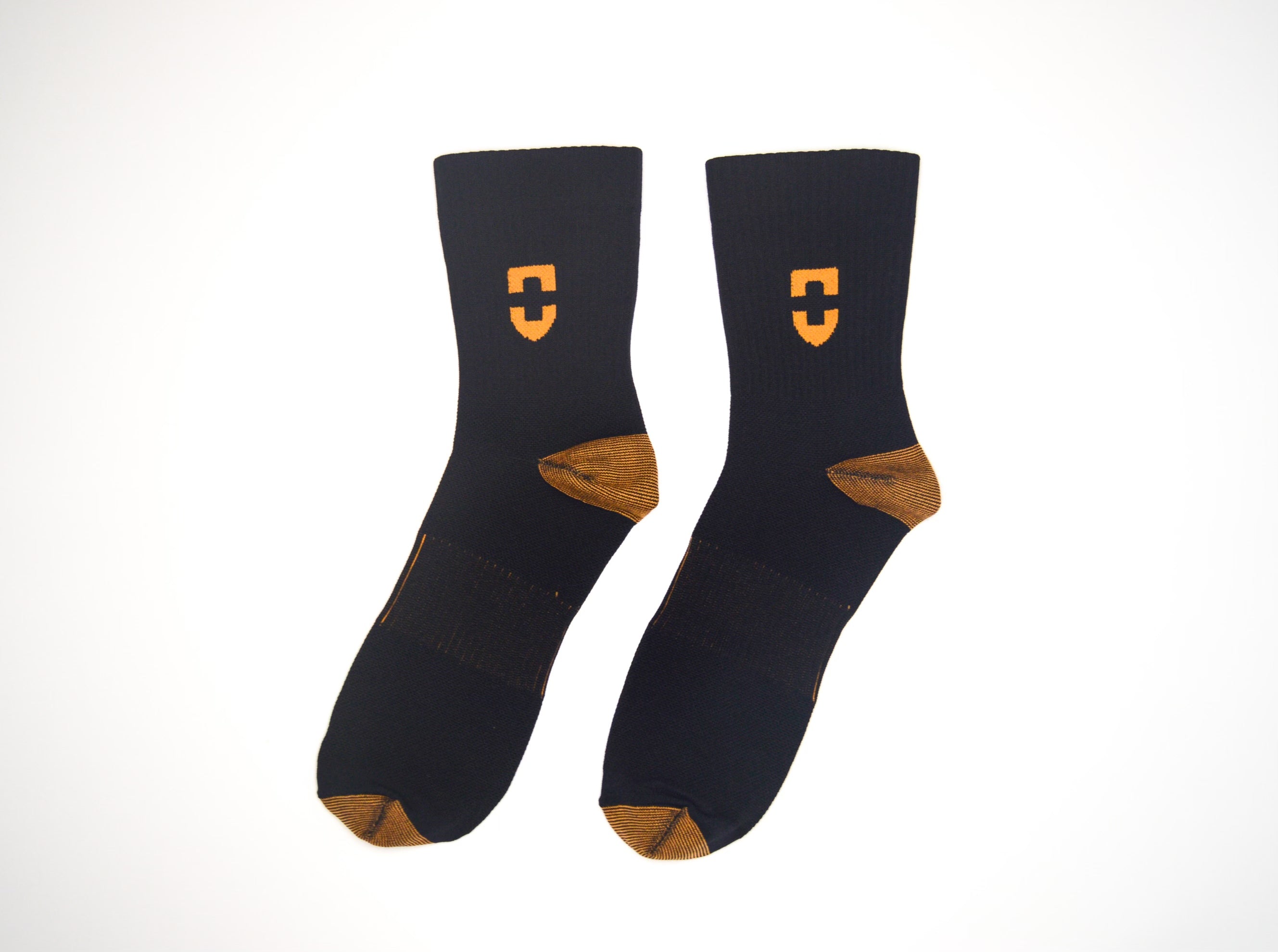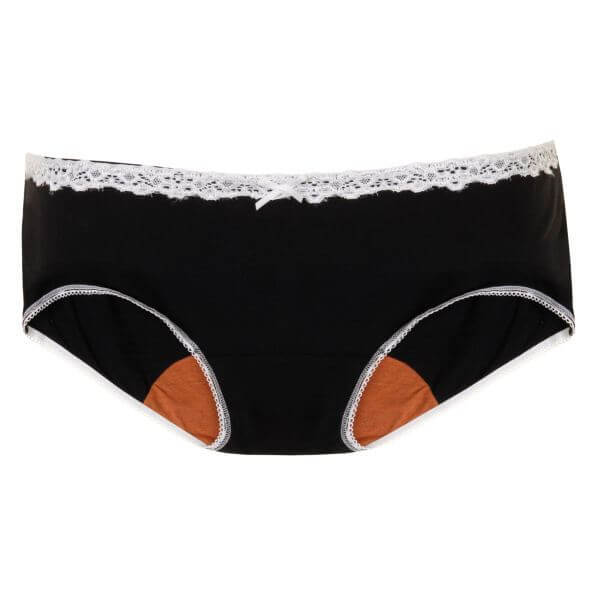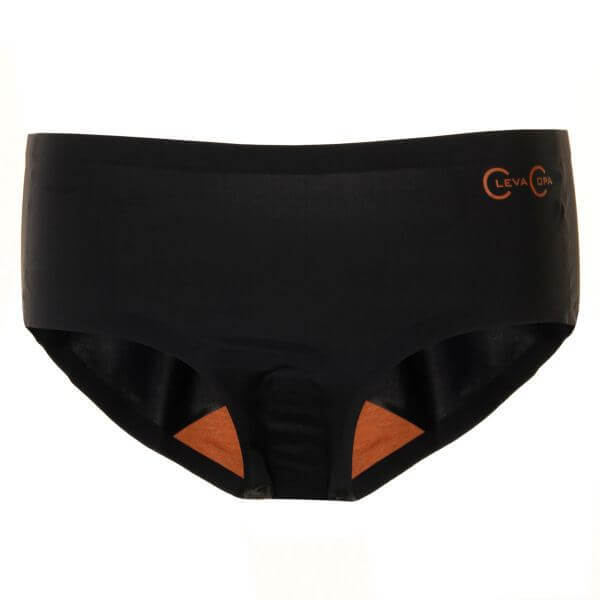12 Common Types of Foot Pain: Their Causes, Prevention & Treatment
Published
December 04 2023
Foot pain problems can be a real nuisance! Whether it's a sharp shooting pain, a dull ache, or a persistent discomfort, it affects your daily activities and overall quality of life. It can be caused by various factors and conditions, each of which necessitates a unique treatment strategy.
Some of these pains involve the bones and joints. In contrast, others affect nerves and connective tissues, like ligaments and tendons. Physical therapy, drugs, or surgery are some of the proven treatments for foot pain. However, the first step you need to take is to have an expert, such as an orthopaedic surgeon, diagnose the cause of your foot pain.
This blog post is here to provide you with a better context before you approach your healthcare provider. How? It explores the most common kinds of foot pain and their underlying reasons. It also discusses how to prevent foot pain and what the available treatment options are. So, let’s begin the journey to your well-being!
Most Common Causes of Foot Pain
The location of pain or discomfort might aid in determining the types of foot pain. Based on where the pain is felt, your healthcare professional may investigate your condition. These are some examples of how the location of your pain can indicate the cause of foot pain:-
- Posterior Tibial Tendonitis or Tarsal Tunnel Syndrome may cause pain in the arch of the foot.
- Plantar Fasciitis is characterized by pain at the bottom of the foot.
- Suppose you are experiencing discomfort at the ball of your foot or the base of your toes. In that case, it might be due to Metatarsalgia, Morton's Neuroma, or Heel Spurs.
- Toe discomfort may be caused by Bunions, Hammertoe, or Turf Toe.
Please note that these examples are for educational purposes only and should not be construed as medical advice. Consult a medical practitioner for an accurate diagnosis and treatment options.
12 Types of Foot Pain
Understanding your foot pain problems is the first step toward finding relief. So, here you have it - The lowdown on the 12 most common kinds of foot pain. Spot your culprit!
-
Plantar Fasciitis
Plantar fascia is a thick band of tissue that runs down the sole. As the name suggests, plantar fasciitis is an ailment characterized by inflammation of the Plantar fascia. It usually produces heel discomfort and stiffness, especially first thing in the morning or after a lengthy period of rest.
Physical therapy, stretching exercises, orthotic inserts, and, in extreme situations, surgery are possible treatments for this foot pain.
-
Tarsal Tunnel Syndrome
Tarsal Tunnel Syndrome occurs when the tibial nerve is crushed or squeezed as it travels through the tarsal tunnel. This tunnel is a thin opening on the inner side of the ankle. This phenomenon might result in foot discomfort, numbness, and tingling feelings.
Rest, immobilization, physical therapy, and, in worse situations, surgery may be used as treatment.
-
Heel Spurs
Heel spurs are bony outgrowths on the bottom of the heel bone. They frequently coexist with plantar fasciitis and can produce excruciating discomfort with weight-bearing exercises.
Orthotic devices, physical therapy, stretching exercises, and, in extreme situations, surgery are among the treatment possibilities.
-
Morton Neuroma
Morton neuroma is a disorder in which the tissue surrounding one of the nerves going to the toes thickens. It usually affects the nerve between the third and fourth toes. This foot pain feels like an acute, searing sensation of a stone in the shoe.
Wearing oversized shoes, employing orthotic devices, corticosteroid injections, and, in severe situations, surgery may be recommended as treatment.
-
Metatarsalgia
Pain and inflammation in the ball of the foot, particularly under the heads of the metatarsal bones, is referred to as Metatarsalgia. Excessive pressure, misuse, or foot abnormalities can all contribute to it.
Rest, supportive footwear, orthotic inserts, physical therapy, and, in certain situations, surgery are among the treatment possibilities.
-
Corn
Corns are thickened skin patches that grow on the toes or soles of the feet as a result of severe friction or pressure. They can be painful and unpleasant.
Treatment includes wearing correctly fitting shoes, utilizing protective pads, and exfoliating on a regular basis to eliminate the thickened skin.
-
Bunion
A bunion is a bony growth at the base of the big toe. It happens when the big toe deviates towards the other toes, causing the joint to misalign.
So, how to treat foot pain caused by Bunion discomfort - Wider shoes, cushioning, orthotic devices, physical therapy, and, in severe situations, surgery can all help.
-
Hammertoes
Hammertoes are toe abnormalities in which the toes bend at the middle joint, like a hammer. They can cause foot pain and discomfort. It makes wearing certain types of shoes difficult.
Wearing bigger shoes, employing orthotic devices, toe exercises, and, in extreme situations, surgery are all treatment possibilities.
-
Turf Toe
Turf toe is a sprain of the ligaments surrounding the big toe joint caused by excessive toe extension. It is widespread in athletes who participate in sports on artificial grass.
Rest, ice, compression, elevation (RICE), tape, immobilization, and rehabilitation are all part of its possible treatment options.
-
Ankle Sprain
An ankle sprain is a frequent injury that happens when the ankle ligaments strain or tear. It may result in discomfort, oedema, and instability.
Rest, ice, compression, and elevation (RICE), immobilization, physical therapy, and, in extreme situations, surgery are common treatments for ankle sprain.
-
Foot Fracture
A foot fracture is a break or cracks in one or more of the foot's bones. Sharp pain, swelling, bruising, and trouble walking can all result in this type of foot pain problem.
Depending on the location and degree of the fracture, treatment options may include rest, immobilization, pain medication, physical therapy, and, in extreme situations, surgery.
-
Foot Osteoarthritis
Foot osteoarthritis is a degenerative joint condition that affects the foot's bones and cartilage. It can result in discomfort, stiffness, and a restricted range of motion.
Foot pain medication, physical therapy, orthotic devices, assistive equipment, and, in extreme circumstances, surgery are also treatment possibilities.
Most Popular Treatments of Foot Pain
Everyone's foot pain is unique. So, it's essential to consult a medical professional for a proper diagnosis and personalized treatment plan. But it's better to be armed with the knowledge of the following foot pain treatment options to find the one that suits you best.
- Physical Therapy: Working with a physical therapist can help strengthen muscles and increase flexibility, lowering discomfort and aiding recovery.
- Medication: OTC foot pain medications, such as nonsteroidal anti-inflammatory medicines (NSAIDs), can help decrease foot discomfort. Prescription drugs may also be required in some circumstances.
- Surgery: When conservative therapies fail, in extreme situations, surgery may be necessary to repair the underlying condition causing foot pain.
Foot Pain Prevention Methods
Prevention is always preferable to cure. So, here are some pointers to help you prevent foot pain:
- Wear appropriate footwear with suitable support and cushioning, and avoid footwear with high heels and improper fit.
- Treat any foot or toe injury as soon as possible.
- Maintain a healthy weight to alleviate stress on your feet.
- Take frequent breaks from wearing shoes.
- Opt for an IGA (Instrumental Gait Analysis) from time to time.
- Do regular foot exercises and stretching to strengthen your muscles and increase your flexibility.
- Avoid standing or walking for lengthy periods on rough surfaces.
Different Ways to Treat Nerve Pain
Now, if you're seeking home remedies to treat nerve pain in your feet, here are a few ideas:
- Apply cold packs to alleviate discomfort and swelling. They should be used for 15-20 minutes at a time.
- Take frequent rests to relax your feet and avoid overstretching.
- Topically administered lidocaine might numb the afflicted region and give temporary relief.
- To relieve nerve discomfort, soak your feet in warm water with Epsom salt for about 20 minutes each day.
- Gently massaging the feet can help decrease oedema, improve circulation, and relieve nerve discomfort.
- To minimize inflammation and increase blood circulation, consider wearing compression socks.
Are you ready to take a step forward towards alleviating foot discomfort? Get Copper-infused Socks from Copper Clothing! These socks are intended to give support, enhance circulation, and reduce inflammation, all of which contribute to the relief of foot discomfort.
Get Your Hands on These Innovative Copper-infused Socks!
Click HerePhew, that was quite a journey through the world of foot pains! Hopefully, this guide has given you a better understanding of the most common types of foot pain and how to tackle them head-on. Don’t forget to seek the advice of a healthcare expert for an accurate diagnosis and treatment choices.
Taking care of your feet is essential for a happy, pain-free life. So pamper your sole and keep on walking! Take charge and put your best foot forward towards a pain-free future!











